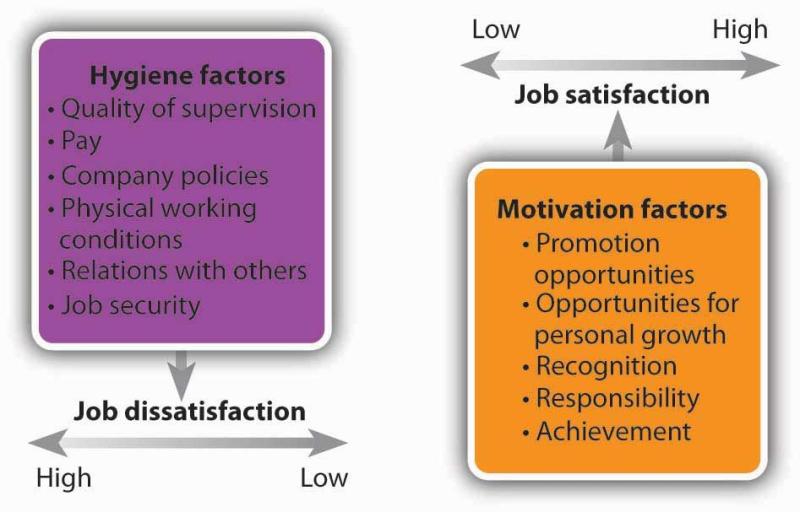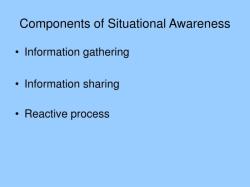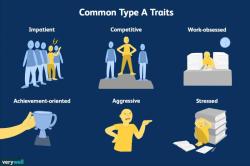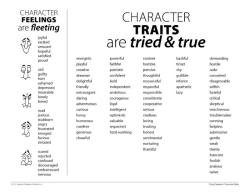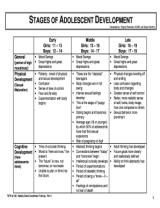What is the two factory theory?
The Two-Factor Theory of emotion, proposed by Stanley Schachter and Jerome Singer in the 1960s, posits that emotional experiences are the result of both physiological arousal and cognitive interpretation or labeling of that arousal. This theory suggests that emotions are a product of both physiological responses and the individual's interpretation of those responses within a given context.
Here are the key components of the Two-Factor Theory:
Physiological Arousal: According to the theory, when individuals experience physiological arousal (such as increased heart rate, sweating, or adrenaline release), they don't immediately label it as a specific emotion. Instead, they experience a general state of arousal that can be interpreted in various ways.
Cognitive Appraisal: The interpretation or cognitive appraisal of the arousal occurs by assessing the context or situation. The individual looks for external cues or situational factors to determine the specific emotion they are experiencing.
Emotion Labeling: Once the individual interprets the arousal based on the situational cues, they apply a label or identify an emotion that seems to fit the context. This labeling process leads to the experience of a specific emotion.
A classic experiment supporting this theory is the "Schachter-Singer experiment" or the "two-factor study of emotion." Participants were injected with adrenaline and placed in different social situations. Some were informed about the effects of the injection, while others were not. The participants who were unaware of the effects of the injection showed different emotional responses based on the context they were in, suggesting that the interpretation of physiological arousal influenced their emotional experience.
The Two-Factor Theory highlights the interaction between physiological arousal and cognitive processes in shaping emotional experiences. It suggests that emotions are not solely determined by physiological responses but also depend on how individuals interpret and label those bodily reactions within a given context.
Frederick Herzberg's Two-Factor Theory of Motivation suggests that there are two distinct sets of factors that influence employee motivation and satisfaction: hygiene factors and motivator factors.
Hygiene Factors:
Pay: While adequate pay is important, it is not a primary motivator. It simply prevents dissatisfaction and maintains basic job satisfaction.
Job Security: Job security provides a sense of stability and reduces anxiety, but it does not directly lead to motivation and satisfaction.
Working Conditions: Adequate working conditions, such as clean and safe workspaces, can prevent dissatisfaction but don't directly motivate employees.
Supervision: Effective supervision provides guidance, support, and feedback, but it doesn't directly lead to employee motivation and satisfaction.
Relationships with Coworkers: Positive relationships with coworkers can foster a sense of belonging and camaraderie, but they don't directly motivate employees.
Motivator Factors:
Accomplishment: Achievement of challenging and meaningful work motivates employees.
Recognition: Recognition for accomplishments and contributions motivates employees and boosts their self-esteem.
Responsibility: Being given challenging and responsible tasks motivates employees and enhances their sense of ownership.
Growth Opportunities: Opportunities for professional development and career advancement motivate employees and foster a sense of growth.
Meaningful Work: Employees are motivated when their work aligns with their values and contributes to a greater purpose.
Creating a Work Environment that Fosters Both Hygiene and Motivator Factors:
Pay Competitively: Pay employees fairly and competitively to prevent dissatisfaction and provide a baseline for motivation.
Invest in Working Conditions: Ensure a safe, comfortable, and well-maintained workspace to enhance employee satisfaction.
Provide Effective Supervision: Provide clear direction, support, and regular feedback to employees.
Foster Positive Relationships: Encourage open communication, teamwork, and camaraderie among employees.
Design Meaningful Work: Assign employees challenging and meaningful work that aligns with their skills and interests.
Offer Recognition and Rewards: Recognize and reward employees for their accomplishments and contributions.
Provide Opportunities for Growth: Offer opportunities for professional development, training, and career advancement.
Applications of Herzberg's Two-Factor Theory in Various Organizational Settings:
Manufacturing: Ensure a safe, clean, and efficient work environment. Provide clear expectations, regular feedback, and opportunities for advancement. Recognize employees for quality and productivity.
Customer Service: Train employees on effective customer service techniques. Empower them to make decisions and resolve customer issues. Provide opportunities for feedback and recognition.
Healthcare: Emphasize teamwork, collaboration, and a positive work environment. Recognize employees for patient care and contributions to patient well-being.
Education: Create a supportive and engaging learning environment. Provide opportunities for professional development and teacher collaboration. Recognize and reward teachers for their contributions to student success.
Technology: Foster a culture of innovation and creativity. Provide opportunities for continuous learning and skill development. Recognize employees for their contributions to technological advancements.
By understanding and applying Herzberg's Two-Factor Theory, organizations can create a work environment that motivates and satisfies employees, leading to enhanced employee engagement, productivity, and performance.
